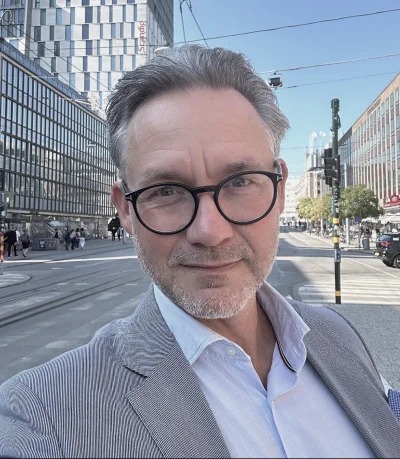HIV (Human Immunodeficiency Virus) remains a significant global health challenge, progressively weakening the body's immune defenses and increasing vulnerability to infections and diseases. While ongoing research continues to advance HIV treatment options, current antiretroviral therapy (ART) allows individuals with HIV to effectively manage their condition. The cornerstone of combating this virus lies in proactive prevention. This guide outlines crucial, evidence-based methods to significantly reduce the risk of HIV infection.
Know Your Status Through Regular Testing
HIV testing is an important tool in prevention. Understanding your HIV status helps you make informed decisions to protect your health and the health of your partners. A positive HIV test result allows for access to treatment, which is essential for managing the virus and reducing the risk of transmission to others when combined with proper medical care.
Consider Pre-Exposure Prophylaxis (PrEP)
For individuals at increased risk of HIV, PrEP offers an additional prevention option. This involves taking a daily medication that, when used consistently as prescribed, can significantly reduce the likelihood of HIV infection. Clinical studies have shown PrEP to be highly effective when taken properly, though it does not provide 100% protection against HIV or other sexually transmitted infections.
Understand Post-Exposure Prophylaxis (PEP) Options
PEP is a short course of antiretroviral medication that may prevent HIV infection after potential exposure. It is important to consult a healthcare provider immediately (within 72 hours) following any potential contact with HIV, such as through unprotected sex or shared needles. PEP's effectiveness decreases with time after exposure and is not guaranteed to prevent infection.
Make Informed Behavioral Choices
Reducing behaviors that may increase HIV transmission risk is important. This includes avoiding sharing needles or other injection equipment and practicing safer sex. Using sterile equipment for any injections and making informed decisions about sexual health can help lower HIV transmission risk.
Stay Informed About HIV Prevention
Accurate understanding of HIV transmission and prevention methods is important for personal protection and public health. Ongoing education helps address stigma, encourages testing, and promotes informed decision-making about prevention strategies.
Access Professional Support
Healthcare professionals and support organizations can provide accurate information, guidance, and support for individuals concerned about HIV risk or living with HIV.
In Conclusion
HIV prevention involves multiple approaches including safer practices, regular testing, consideration of prevention medications like PrEP and PEP when appropriate, informed behavioral choices, education, and support systems. These strategies can help reduce HIV transmission when used consistently and as directed by healthcare providers.
Key Points to Remember: - No prevention method is 100% effective - Consistent use of prevention strategies provides the best protection - Regular testing and open communication with healthcare providers are essential - Treatment for HIV-positive individuals is important for their health and can reduce transmission risk
For personalized advice about HIV prevention, consult with a qualified healthcare professional. Current information about HIV prevention and treatment can be found through reputable health organizations like the World Health Organization (WHO) and Centers for Disease Control and Prevention (CDC).
